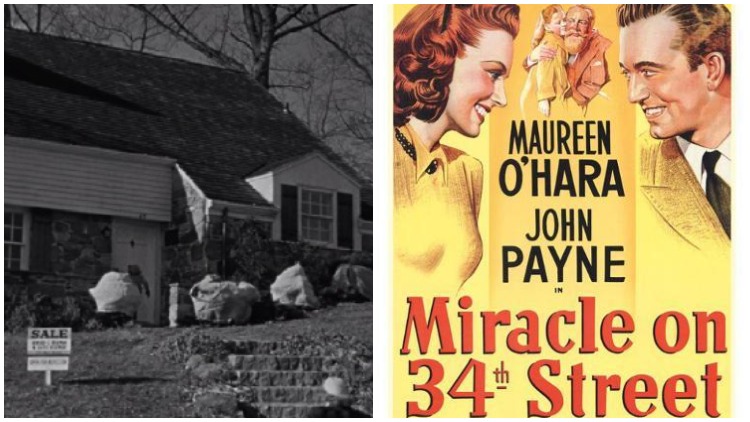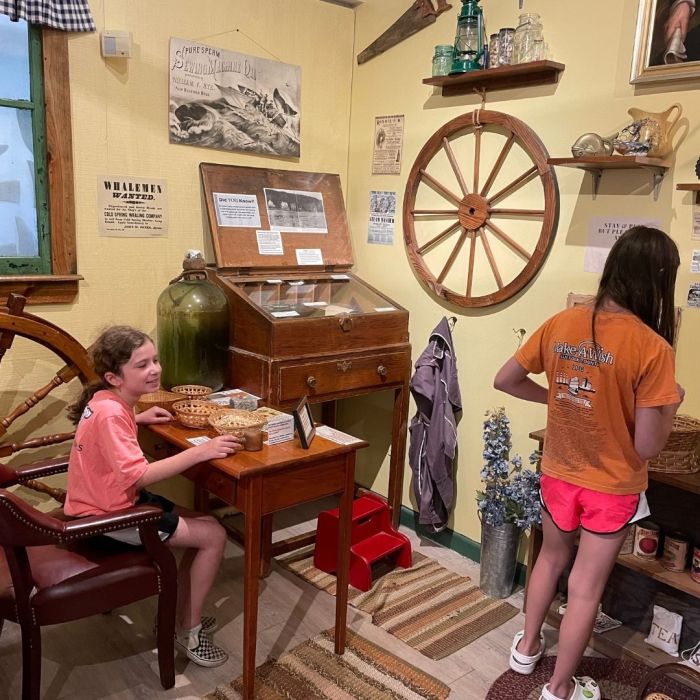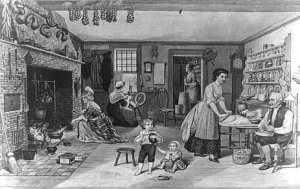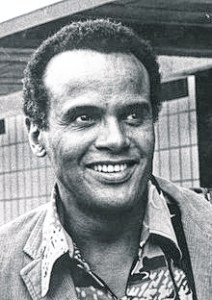Little Suzie Walker’s mother has raised her to not believe in fairy tales or fantasy, and especially not in Santa Claus. As a result, the child is far too skeptical for her 8 years. But she holds on to one Christmas wish: a house — not a dollhouse, but a real house, with a backyard tree swing — where she and her divorced mother can live. But then the little girl befriends a kindly old department-store Kris Kringle at Macy’s Herald Square on 34th Street in Manhattan who claims to be Santa Claus, and everything changes.
This is the story of Miracle on 34th Street, the 1947 holiday heartwarmer that nearly didn’t land on the silver screen. The project was given a low budget; it was considered controversial because it showed a divorced woman as the lead, Suzie’s no-nonsense mother, played by Maureen O’Hara; and shooting the revealing final scene outside 24 Derby Road in Port Washington was nearly nixed when the cameras literally froze that bitterly cold winter.
That scene shows how Suzie, played by child actress Natalie Wood, changes her mind about believing in Santa, after he makes her wish come true by finding the house of her dreams. Miraculously, the film survived the skeptics, the opposition, and the weather, and became a beloved black-and-white treasure. And throughout filming, little Natalie Wood actually believed that the actor playing Kris Kringle was the real Santa.
MIRACLE ON DERBY ROAD
During the last scene, when production was halted so the equipment could thaw, a woman named Vaughn Mele who lived across the street invited the crew into her home to warm up with hot coffee. That night, O’Hara took Mele and her husband to dine at the legendary 21 Club restaurant in Manhattan, but the Port resident was too excited to order anything but a glass of milk.
From the beginning, 20th Century-Fox studio head Darryl F. Zanuck was not a fan of the film. He gave it a low $630,000 budget, believing it too corny to succeed. It was marketed as a comedy-drama and released in the summer of 1947; the thinking was that films did better at the box office in summertime, so its Christmas angle was downplayed. Then the film received a “morally objectionable” rating from the powerful Catholic Legion of Decency, which deemed that certain subjects — homosexuality, abortion, and divorce — were considered taboo in motion pictures. The movie was also ahead of its time in terms of feminism, because its lead character was a female corporate executive.
SKEPTICISM NOT ALLOWED
The studio executives were surprised when the movie was declared “the freshest little picture in a long time” by The New York Times’ Bosley Crowther, and it won three Oscars, including best actor in a supporting role for Edmund Gwenn, who played Kris Kringle. When Gwenn received the award, he said, “Now I know there’s a Santa Claus.” Valentine Davies won for best writing, original story; Davies had dreamed up the story while shopping amid holiday department-store chaos for a present for his wife and wondering how Santa would view the rampant commercialization. The best writing, screenplay award went to director George Seaton.
The movie was also nominated for numerous other awards and went on to earn $17.32 million (unadjusted for inflation). Lux Radio Theater broadcast an adaptation just before Christmas of 1947 which starred the original cast; since then, the film has spawned several sequels. A musical version plays at the Argyle Theatre in Babylon Village through December 29.
Ever since the original film’s release 70-odd years ago, people have flocked to the northwest corner of Port Washington’s Essex Court in Upper Port to take selfies and group photos. One of the home’s owners, Orrie Frutkin, told the New York Post, “We’re happy to see people’s eyes light up when we tell them it’s the house in Miracle on 34th Street, but to us, it’s just a cozy, comfortable place to live.”
Actress O’Hara wrote in her autobiography that the film endured “because of the special relationship of the cast and crew, the uplifting story, and its message of hope and love, which steals hearts all over the world every year.”
Perhaps the reason for the film’s universal appeal was best summed up onscreen by actor John Payne, who portrays the lawyer at the sanity hearing for Kris Kringle: “It’s not just Kris that’s on trial, it’s everything he stands for. It’s kindness and joy and love and all the other intangibles.”


























